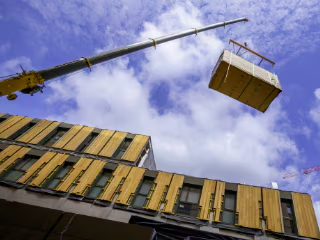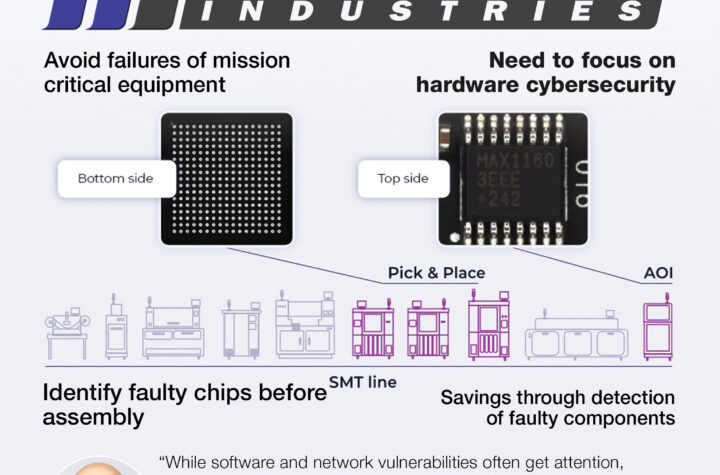
In the construction industry, sustainability has emerged as a driving force reshaping the way buildings are designed, constructed, and operated. As the world grapples with environmental challenges, the demand for sustainable construction practices has soared, with developers, architects, and builders embracing green building principles to create structures that are not only nature-friendly but also economically viable and socially responsible. Sustainability is not just one of the construction industry trends in 2024—it’s a fundamental aspect of modern construction, with green building practices serving as the new gold standard for the industry.
1. Environmental Impact Reduction:
At the forefront of sustainable construction is the goal of minimizing environmental impact. By incorporating energy-efficient design elements, renewable materials, and green technologies, green buildings aim to reduce carbon emissions, conserve natural resources, and mitigate climate change. From passive solar design to rainwater harvesting systems, every aspect of sustainable construction is carefully planned to minimize the building’s ecological footprint and promote environmental stewardship.
2. Energy Efficiency and Cost Savings:
One of the primary advantages of sustainable construction lies in its emphasis on energy efficiency, a cornerstone that not only mitigates environmental repercussions but also yields substantial financial dividends for both building proprietors and inhabitants alike.
Through the integration of cutting-edge technologies such as high-performance insulation, energy-efficient lighting solutions, and state-of-the-art HVAC systems, green buildings significantly curtail energy consumption and consequently slash operational expenses over their lifespan. This dual benefit not only bolsters the fiscal viability of property ownership but also fosters a more affordable and comfortable living environment for tenants and residents, epitomizing the symbiotic relationship between sustainability and economic prosperity within the realm of modern construction practices.
3. Health and Well-being Enhancement:
Sustainable construction goes beyond environmental considerations to prioritize the health and well-being of occupants. By using non-toxic materials, optimizing indoor air quality, and maximizing natural daylighting and ventilation, green buildings create healthier indoor environments that promote productivity, comfort, and overall well-being. From reducing indoor pollutants to minimizing noise pollution, sustainable design strategies create spaces supporting human health and happiness.
4. Resilience and Adaptability:
In an era characterized by escalating climate uncertainty and the escalating frequency of extreme weather situations, resilience has emerged as a paramount concern in construction. Sustainable buildings are meticulously crafted to endure environmental adversities and evolve alongside shifting conditions, whether through the integration of resilient building materials, the implementation of flood-resistant design features, or the adoption of adaptive reuse strategies.
By embedding resilience into their architectural blueprints, green buildings not only ensure their own longevity and durability but also fortify investments and bolster community resilience in the face of climate-related hazards, henceforth fostering a more resilient and adaptable built environment for present and future generations to inhabit.
5. Social Equity and Community Engagement:
Sustainable construction is not just about buildings—it’s about people and communities. By prioritizing social equity and community engagement, green building projects strive to create inclusive, accessible, and livable spaces that benefit everyone. From affordable housing developments to mixed-use urban revitalization projects, sustainable construction practices promote social equity by providing safe, healthy, and affordable housing options for diverse populations, fostering community cohesion and empowerment in the process.
6. Regulatory Compliance and Market Demand:
As governments worldwide enact stricter environmental regulations and building codes, compliance with green building standards has become increasingly imperative for developers and builders striving to remain competitive in the evolving construction landscape. Sustainable construction practices not only guarantee adherence to regulatory frameworks but also resonate strongly with market demand, as consumers, tenants, and investors increasingly prioritize sustainability in their decision-making processes.
By embracing green building principles, industry professionals not only ensure compliance with regulatory requirements but also position themselves strategically to capitalize on the burgeoning market demand for sustainable properties, fostering long-term success and resilience in an ever-changing industry.
7. Innovation and Technological Advancement:
Sustainable construction is a hotbed of innovation and technological advancement, driving the development of new materials, construction methods, and building systems. From 3D printing and modular construction to smart building technologies and green building certifications, the industry is persistently changing to meet the challenges of the 21st century. By fostering a culture of innovation and collaboration, sustainable construction practices pave the way for a more resilient and sustainable environment for the next generations.
In 2024, green is indeed the new gold in the construction industry, with sustainability as one of the new construction industry trends in 2024, setting the standard for innovation, efficiency, and social responsibility. From reducing environmental impact and energy consumption to enhancing health and well-being and promoting social equity, green building principles are reshaping the way human beings design, construct, and inhabit the built environment. As people look to the future, sustainable construction will continue to play a central role in creating resilient, adaptive, and sustainable cities that thrive harmoniously with nature.








1 thought on “Green Is the New Gold: The Trendsetting Role of Sustainable Construction in 2024”
Comments are closed.